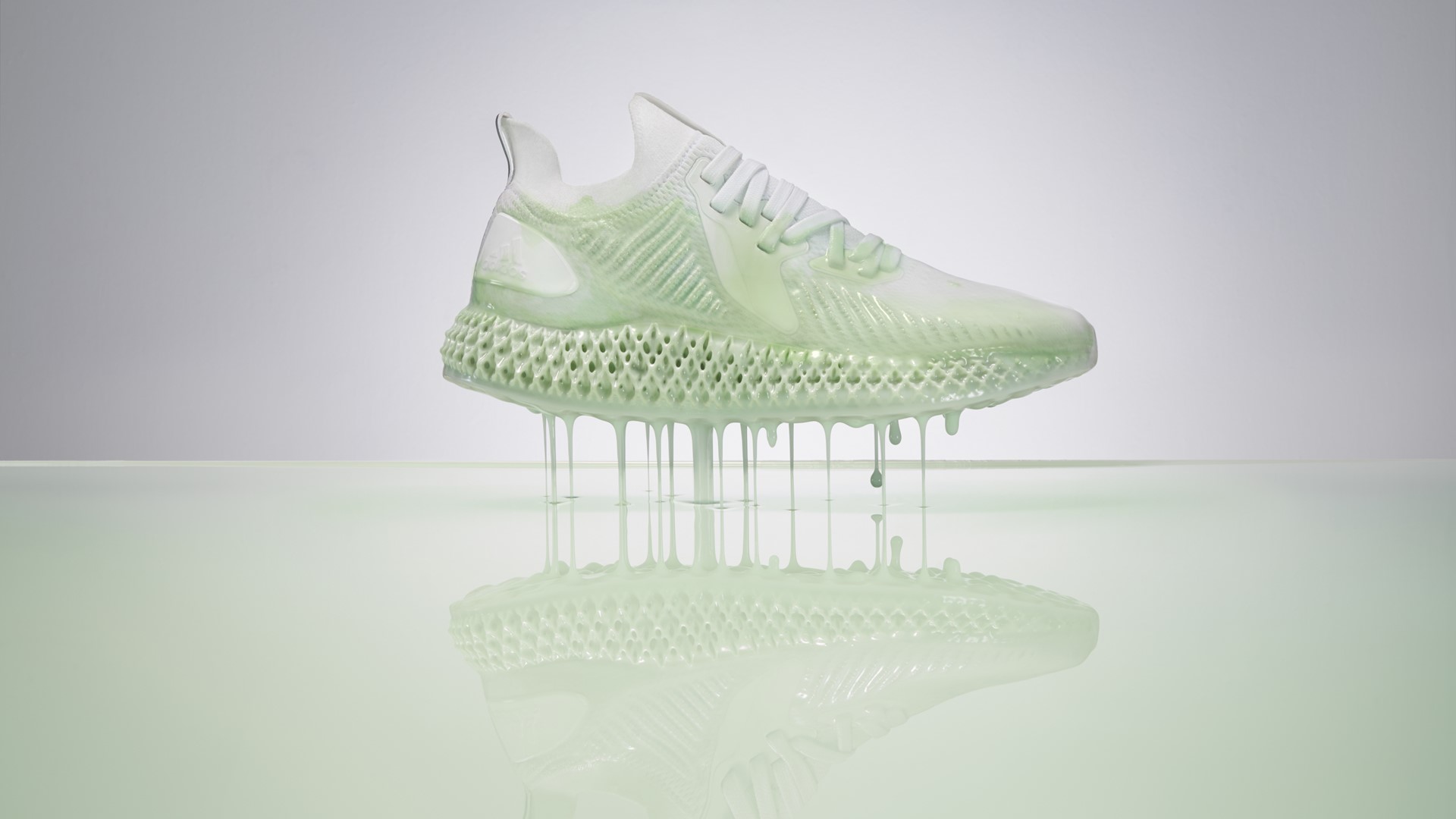The sneaker giant has introduced AI technology and 3D printing to its manufacturing process in order to cope with plunging sales during the Coronavirus pandemic.
In all industries, technology is revolutionising how businesses operate. Drastically evolving to adapt to the new landscape, footwear giants have begun introducing tech to their manufacturing processes, acknowledging that it not only saves time and cost, but is also highly beneficial for the environment.
During the COVID-19 pandemic, alongside the strategic shift to a more focused online presence, methods such as 3D printing have proven extremely valuable for brands like Adidas that are struggling to cope with plunging sales.
Adidas’ interest in technology was not originally prompted by COVID-19, however. Although very timely, the sportswear company was in fact well ahead of the game, telling Forbes two years ago its plan to become the world’s biggest producer of 3D-printed products.
‘We are in an industry driven by newness,’ said vice president of strategy creation at Adidas, James Carnes. ‘With this new 3D technology, we could create products locally and cut down on shipping time. In terms of cost, we don’t have to make a full set of molds.’
With limited capacity to operate out of physical stores at the moment, Adidas is honing in on this already well-established relationship with technology to bolster its lagging performance. Deciding to digitise its entire value chain while people remain indoors, it plans to tap into artificial intelligence when carrying out size distribution and has already succeeded in bringing 3D-printing to the masses.
Despite the closure of 70% of its stores around the world due to the pandemic, Adidas’ collaboration with Silicon Valley startup Carbon on 100,000 pairs of shoes with plastic 3D-printed midsoles in 2018 unintentionally prepared the brand for the threat of reduced sales two years later. Not only that, but it launched a transformation across the entire industry, one that has never been more relevant than it currently is.
https://www.youtube.com/watch?v=_vStEuYAiWA




















